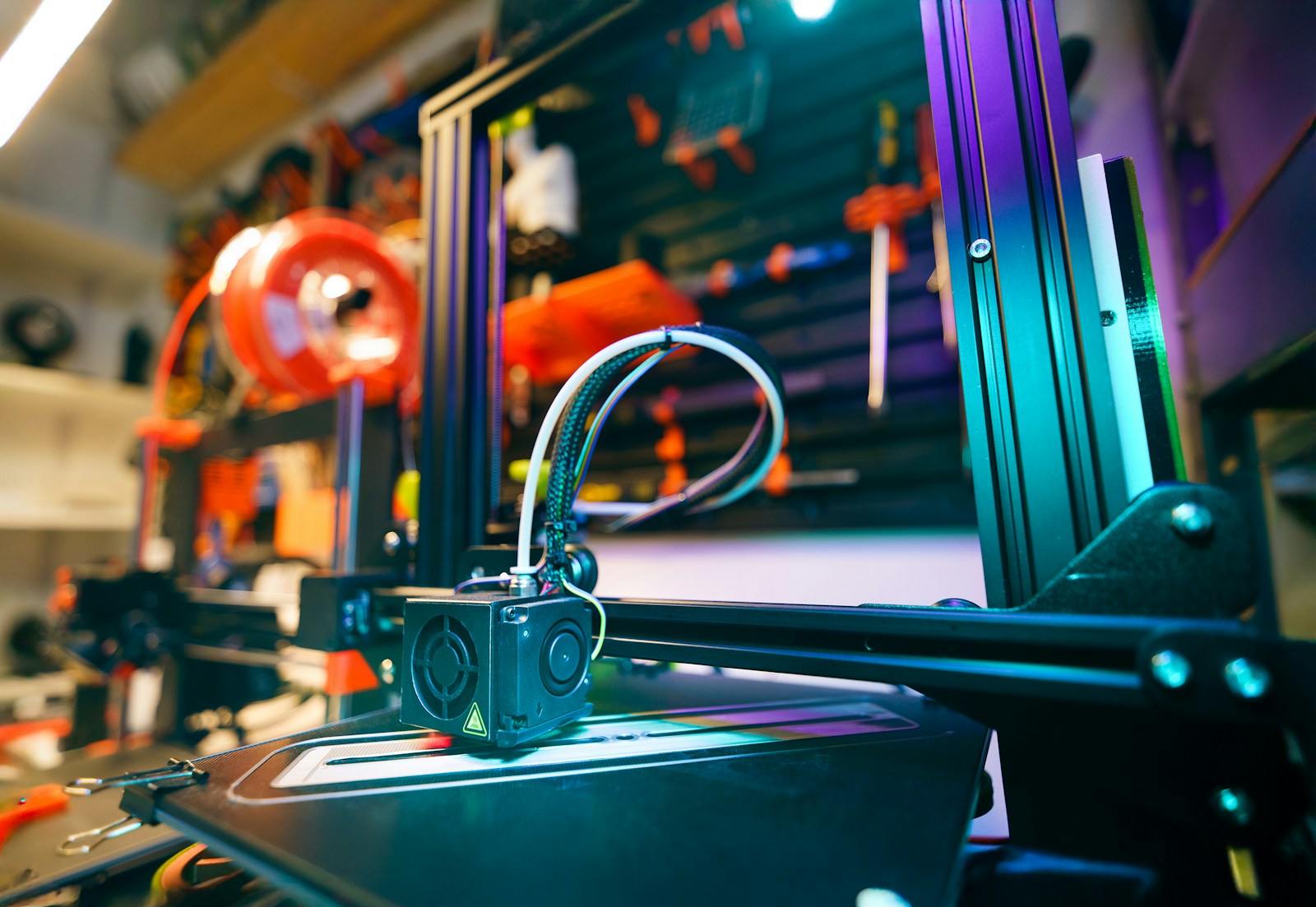Manufacturing Upgrade Loan Plan
The Manufacturing Upgrade Loan Plan is designed for companies in the industrial and production sectors that need to modernize, expand, or optimize their manufacturing operations. In a rapidly changing global economy, competitiveness depends heavily on efficiency, automation, compliance with international standards, and the ability to deliver consistent quality at scale.
This loan plan is intended for businesses that already have an operational factory or production line but require capital to upgrade machinery, adopt new technologies, enhance productivity, and meet global demand.
By being denominated in United States Dollars (USD), the plan ensures that manufacturers working with international suppliers, raw material imports, or export markets can access financing aligned with global trade practices.

2. Eligibility Criteria
To qualify for the Manufacturing Upgrade Loan, a business must show:
Operational Track Record: At least 3 years of active manufacturing activity.
Financial Stability: Positive revenue trends and audited accounts.
Upgrade Plan: A detailed proposal showing how new investments will improve efficiency, reduce costs, or increase output.
Compliance: Proof of adherence to labor laws, safety standards, and environmental regulations.
Creditworthiness: Satisfactory repayment history and no record of loan defaults.
Preferred industries include:
Agro-processing (food, beverages, textiles).
Heavy industry (steel, cement, chemicals).
Consumer goods manufacturing.
Renewable energy equipment production.
Pharmaceutical and medical supplies.
3. Loan Structure and Terms
The Manufacturing Upgrade Loan is structured to balance modernization needs with manageable repayment schedules.
Installment Interval: Typically monthly, though seasonal manufacturers may qualify for flexible quarterly repayment.
Tenor: Medium to long term (3–6 years), depending on the scale of upgrades.
Repayment Model: Declining balance model, ensuring lighter payments over time.
Application Fees: Combination of fixed and percentage-based charges to cover credit checks and due diligence.
Penalty Framework: Grace periods are built in, but overdue payments attract both fixed and percentage penalties.
4. Repayment Analysis (Illustrative)
Manufacturers upgrading their facilities typically face an initial grace period during installation and testing of new machinery. During this time, they may pay only interest.
Once production stabilizes:
Repayments align with monthly sales cycles.
As upgraded facilities increase output, the additional revenue covers installments sustainably.
If production is seasonal, repayment schedules can be adjusted to match cash inflows.
5. Use Cases / Practical Scenarios
Automation Upgrade
A textile factory replaces manual looms with automated weaving machines.
Loan supports machinery purchase, installation, and staff retraining.
Energy Efficiency
A cement manufacturer adopts energy-efficient kilns and renewable-powered systems.
Financing reduces long-term production costs and carbon footprint.
Quality & Compliance
A food-processing company installs modern packaging and quality-control equipment.
Loan supports compliance with international food safety standards (ISO, HACCP).
Capacity Expansion
A plastics producer adds an extra production line to double output.
Loan covers new equipment, raw material reserves, and warehouse expansion.
Green Manufacturing
A pharmaceutical company invests in eco-friendly waste treatment systems.
Loan supports regulatory compliance and global sustainability certification.
6. Benefits
Productivity Gains: Modern equipment increases output and reduces downtime.
Cost Efficiency: Automation and energy upgrades reduce per-unit production costs.
Global Competitiveness: Upgrades enable manufacturers to meet export standards.
Long-Term Financing: Structured repayment ensures businesses can reinvest profits.
Reputation Boost: A LendRoam-backed upgrade improves investor and partner confidence.
7. Risks & Considerations
Technology Risk: New equipment may require specialized maintenance or staff training.
Market Demand Risk: Expanded production must be matched by sufficient demand.
Currency Risk: Manufacturers selling in local currency must manage USD-denominated repayments.
Collateral Exposure: Loans may be secured against machinery or plant facilities.
Implementation Delays: Installation or regulatory approvals can extend beyond projections.
8. Regulatory and Compliance Aspects
Borrowers are expected to:
Provide an upgrade project plan with timelines and budgets.
Submit annual audited statements.
Maintain compliance with environmental, safety, and labor regulations.
Provide warranties and insurance coverage for new equipment.
LendRoam ensures:
Due diligence on supplier contracts.
Ongoing monitoring of loan utilization.
Independent inspection of installed equipment before full loan drawdown.
9. Case Study (Hypothetical Example)
Business: PureHarvest Beverages Ltd.
Project: Upgrade of juice bottling plant.Loan Usage: Purchase of automated bottling and packaging machines, workforce training, and cold storage facilities.
Impact: Production increased by 80%, operating costs reduced by 25%, export certification achieved.
Repayment: Structured over 5 years, aligned with seasonal sales peaks, with no defaults.
10. Conclusion
The Manufacturing Upgrade Loan Plan is an essential financing product for businesses that need to stay competitive in an increasingly globalized and technology-driven market. By funding automation, efficiency, compliance, and capacity expansion, the loan equips manufacturers with the tools to thrive both domestically and internationally.
By excluding fixed loan amounts, the plan remains scalable — equally suited for small factories needing modest upgrades and large industrial players investing in cutting-edge facilities.
This loan is not just about financing equipment; it’s about future-proofing industries, creating jobs, and ensuring manufacturers remain competitive on the global stage.
